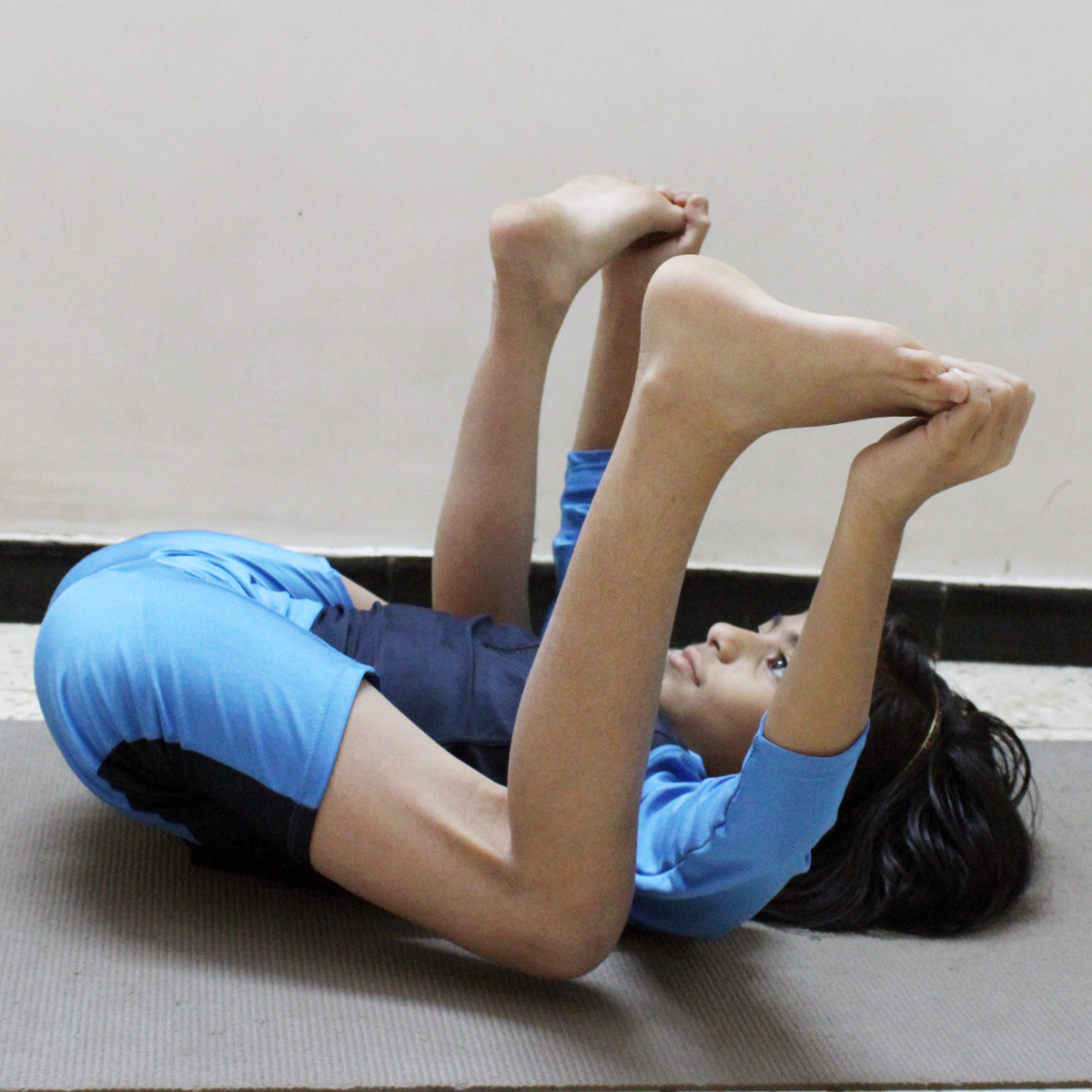Ananda Balasana
Yoga is for Posers.

Ananda Balasana {Happy Baby Pose}- Name: – Ananda Balasana Meaning: – Happy baby pose Steps And Benefits The meaning of “Ananda” is happy, blissful, joy e.t.c. and “Bala” means child. Ananda balasana is also known as happy child pose or the dead bug pose, because while attempting this pose your body looks like both nearly. But happy child pose sounds to be more positive, and it is all the more broadly known as the cheerful infant posture. It is known for its intrinsic capacity to quiet the brain and relax the body. Steps of Ananda Balasana Benefits of Ananda Balasana: – (Happy child pose) Preparatory Pose Follow-Up Pose The Scientific Aspects of Ananda Balasana The Ananda Balasana utilizes diverse standards of Pranayama and asana to stimulate, stir, and control the energies we have inside ourselves that, if effectively channelized, can have positive advantages. It additionally elevates the brain, conveying it to a level of higher mindfulness and awareness. It readies the body to go into a reflective state. Pretty much as the infants play with their feet as they lie on their back and ooze most extreme satisfaction, this stance plans to recover that expression. In each of us, regardless of our age, there exists a “heavenly youngster” that is prepared to be conceived as a motivation – be it inventive vitality or another, distinctive experience. Rehearsing this stance frequently will open up your brain to happiness and purity and make you mindful of the clamoring divine youngster inside you. NOTE Avoid this Pose in case of neck injury, knee injuries; you can use a folded blanket for supporting your head. Keep your spines completely erect during the pose. During periods and pregnant women strictly avoid this Pose. Do all the yogic activities in under the supervision of an expert person. You must ensure your spine is absolutely straight while practicing this asana to avoid any kind of injury. Pregnant women and women who are menstruating must avoid practicing this asana. People suffering from high blood pressure and knee injuries should also avoid this asana.